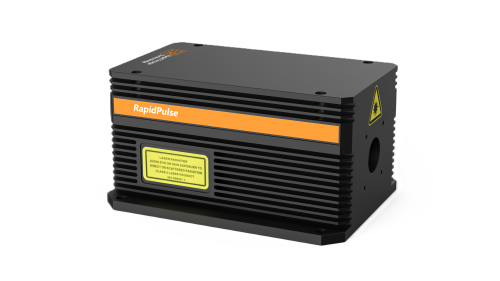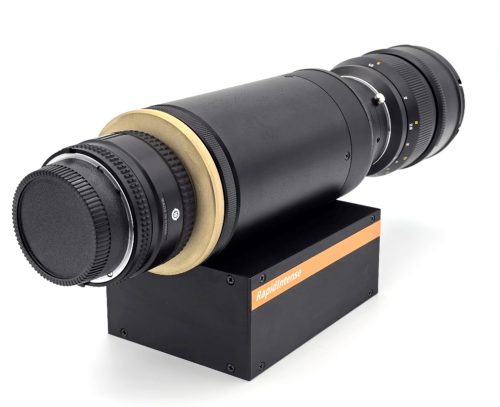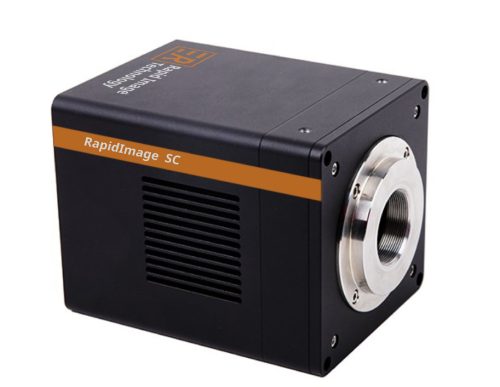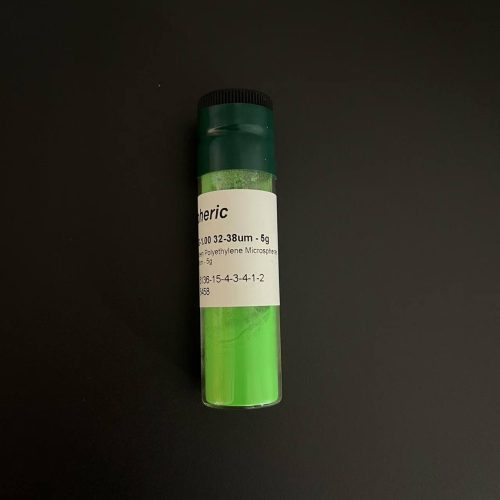
The design of a micron-level microscopic thermal imaging measurement platform needs to consider several key factors to ensure that the system can provide high-precision and high-resolution temperature measurements. The following is an overview of the design based on existing technologies and application cases:
High-resolution infrared thermal imaging camera: Select a camera with high infrared resolution, such as 640×480 pixels, that can provide at least 5um resolution to capture micron-level temperature distribution.
Macro lens: Equipped with a macro lens to enable thermal imaging of tiny objects.
Precise temperature control system: Integrate a high and low temperature digital display precision temperature control platform that can accurately control the sample temperature to simulate the working state of the device at different temperatures. The system should be able to provide a stable ambient temperature in the range of room temperature to 200℃.
Water cooling system: In order to solve the problem of difficult sample stage cooling, a water cooling system that can reduce the platform temperature from 100℃ to room temperature within 100 seconds is equipped.
Emissivity correction function: The software should have pixel-level emissivity correction capabilities to correct the measurement deviation caused by different materials and ensure the accuracy of the measurement data.
Large-capacity data storage: The system should support large-capacity data storage, such as 1TB, to record long-term temperature changes and thermal process analysis.
Multifunctional analysis software: Equipped with powerful analysis software to support functions such as command and control of the thermal imager system, high-speed data recording, real-time or playback analysis, and reporting.
Non-contact measurement: Ensure that the system is capable of non-contact measurement to avoid damage to tiny or sensitive devices.
High thermal sensitivity: Select a camera with high thermal sensitivity, such as 0.03℃, to distinguish smaller temperature differences and smaller targets.
User-friendly operation interface: Design an easy-to-learn operation interface that supports mobile phone touch screen operation so that users can quickly get started and perform temperature measurements.
Customized accessories: Provide customized accessories such as probe stations and micro-heating stations to meet different measurement needs.
By integrating the above components and technologies, a micron-level microscopic thermal imaging measurement platform can be built, which can provide accurate temperature measurement and analysis for scientific research and industrial applications.







